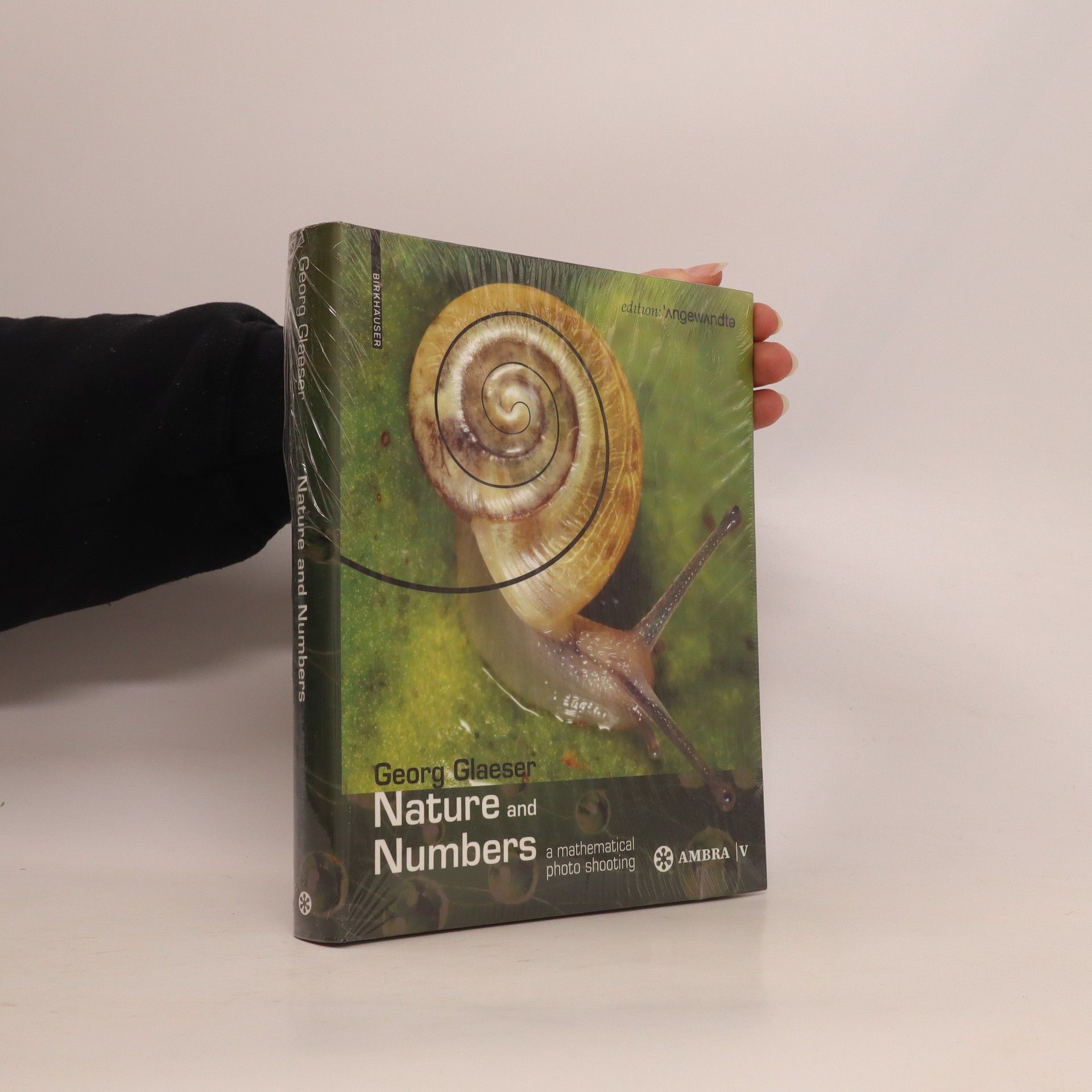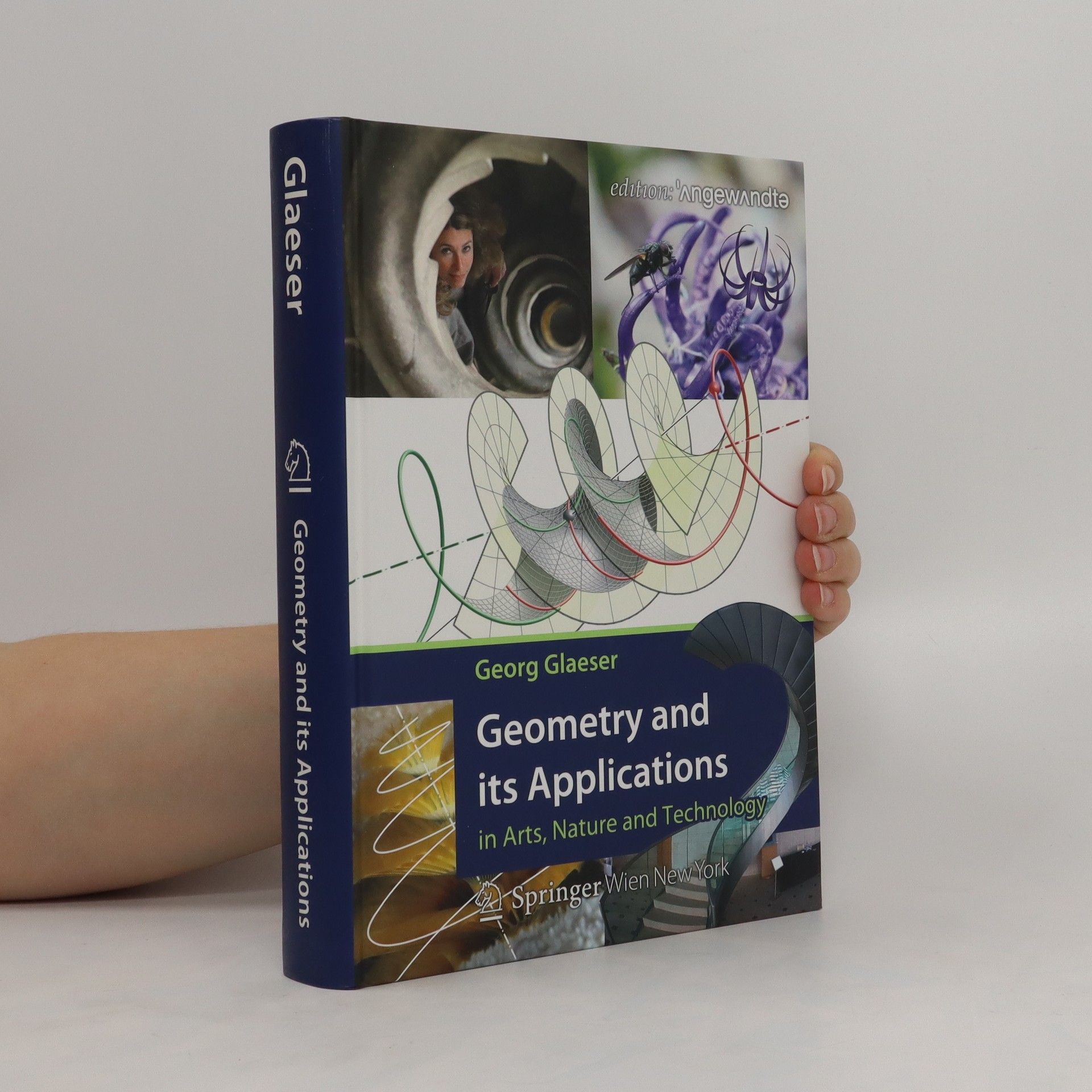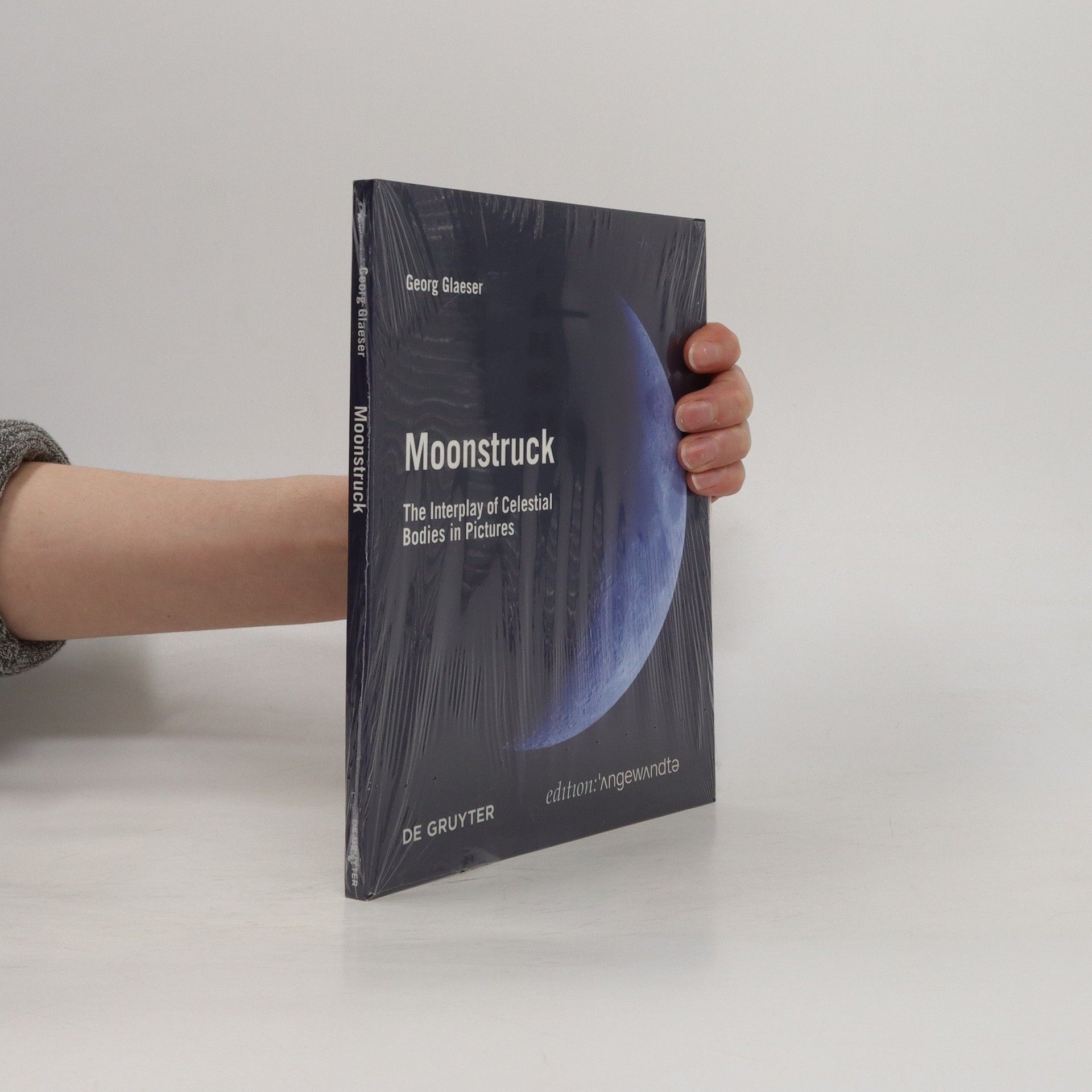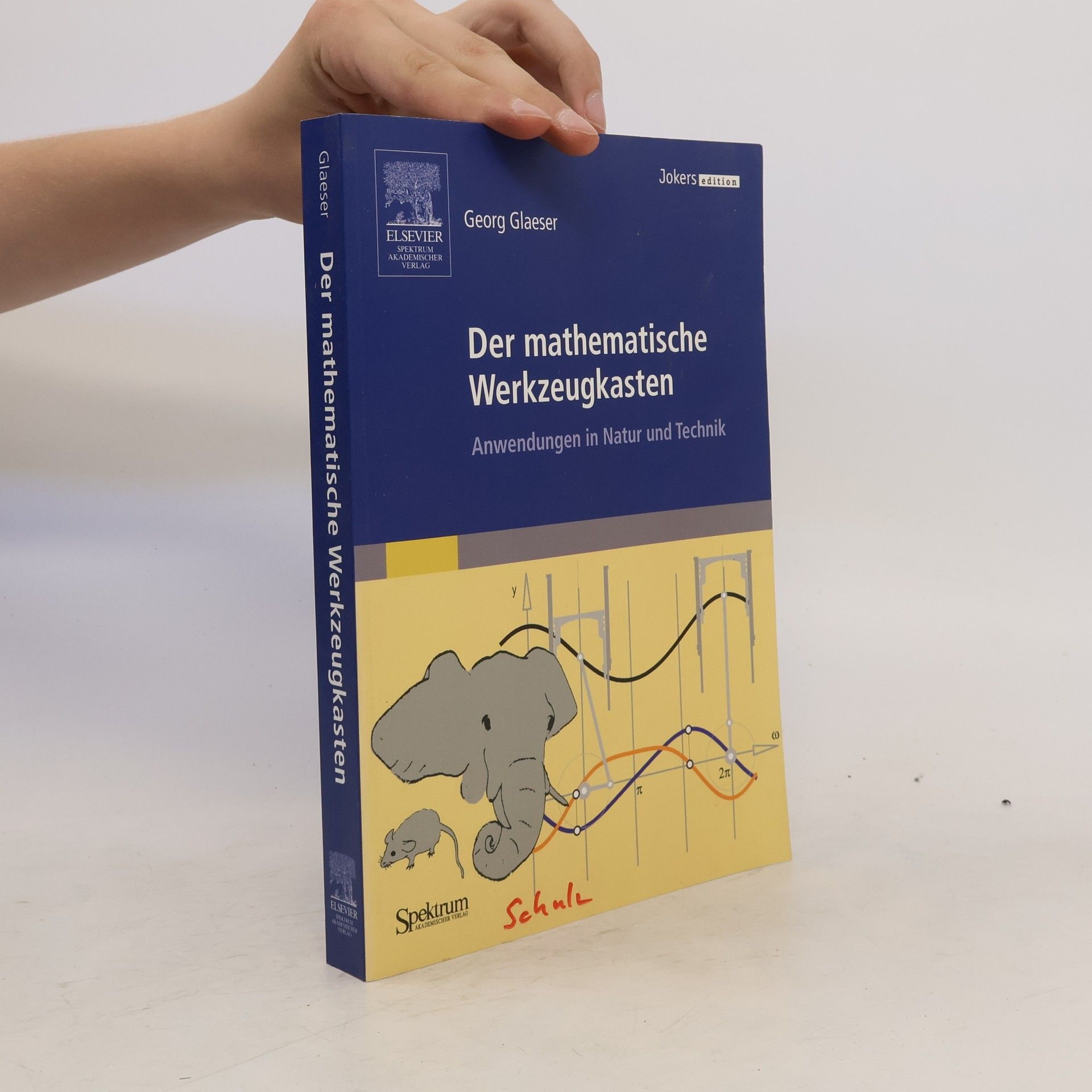Geometry and its applications in arts, nature and technology
- 510pages
- 18 heures de lecture
Geometry and its Applications is meant to address those who are interested in geometrical relationships, from simple plane geometry problems to difficult tasks in spatial geometry. The main emphasis is on the application of geometry in different fields such as engineering, biology, art history and music. Important geometrical terms and concepts such as multi-view projection and 3D projection, the curvature of lines and surfaces, the geometry of movement and non-Euclidian space are explained with many examples and numerous photos. Two practical tutorials round off this volume: free-hand geometrical drawing and the geometry of photography. Easy to understand tips support readers as they create their own distinctive, accurate spatial sketches.






